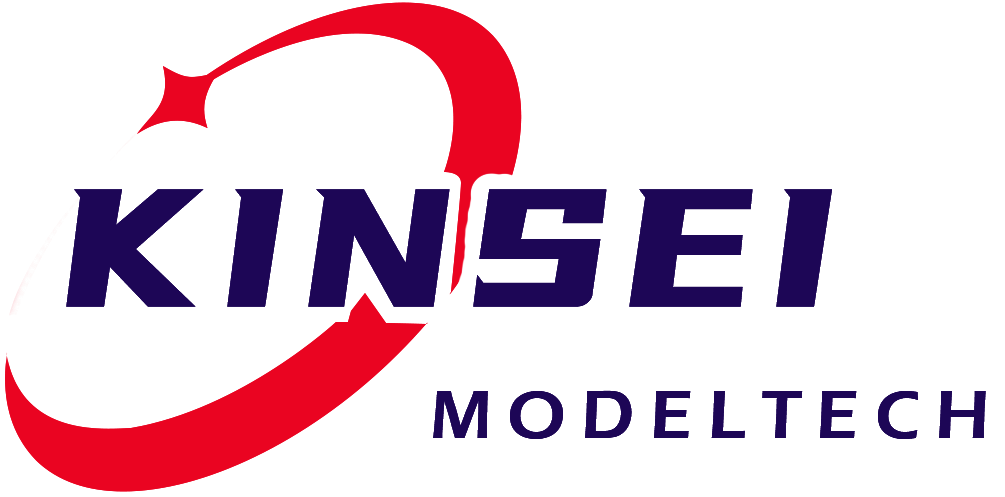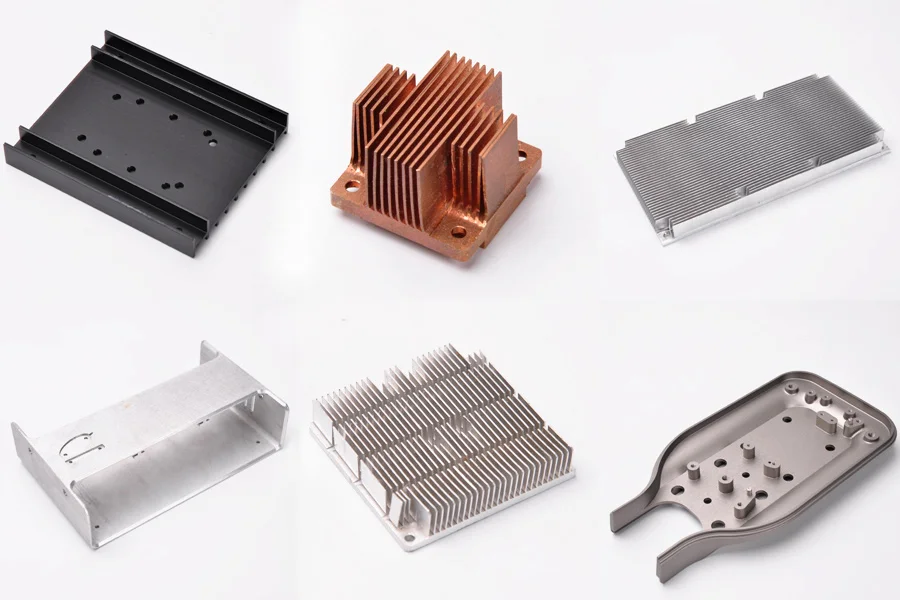Deburring process
Deburring process plays a vital role in modern manufacturing.
In principle, the deburring process aims to remove tiny bumps, burrs and other defects left on the surface of the workpiece after machining. This process is suitable for workpieces of various materials, whether metals such as steel, aluminum, copper, or plastic products.

In practice, there are many deburring methods to choose from. Mechanical deburring is a common one, which uses specific tools or grinding tools to process the surface of the workpiece. For example, using a rotating file, burrs can be accurately removed to make the edge of the workpiece smooth. This method is more efficient and suitable for workpieces with more regular shapes.
Chemical deburring uses chemical reagents to react with burrs to remove them. This method is more effective for burrs in some complex shapes or small pores. It can penetrate into some places that are difficult to reach by mechanical methods, but the workpiece needs to be thoroughly cleaned afterwards to remove the residual chemical reagents.
There is also thermal deburring, which melts or vaporizes the burrs through instantaneous high-temperature combustion. This method is fast and does not have a significant impact on the main structure of the workpiece.
Our Deburring process products are highly accurate and reliable. It can customize deburring solutions according to the needs of different workpieces, ensuring that each workpiece meets high standards of surface quality after processing. Whether it is for precision instrument parts or large-scale industrial parts, our Deburring process can effectively improve the quality and performance of the product and reduce the safety hazards and assembly problems that may be caused by the presence of burrs.
Related news
2025-12-10








 Inquiry Hotline:
Inquiry Hotline:


